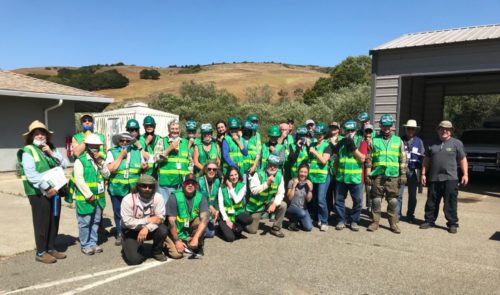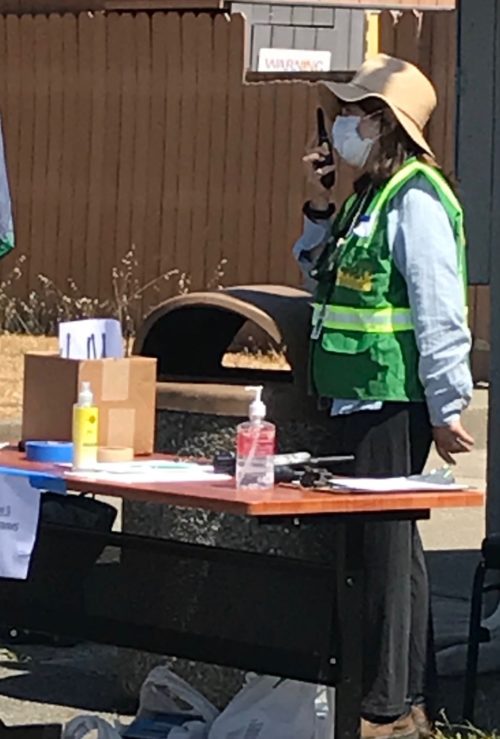Wed 28 Jul 2021
A time for disasters
Posted by DavidMitchell under Uncategorized
1 Comment
Caveat lectorem: When readers submit comments, they are asked if they want to receive an email alert with a link to new postings on this blog. A number of people have said they do. Thank you. The link is created the moment a posting goes online. Readers who find their way here through that link can see an updated version by simply clicking on the headline above the posting.
I’m taking a week off from writing a posting and will let my wife, Lynn, fill in. Just typing this brief explanation is a bit painful. Friday afternoon I bought a new pair of shoes and put them on in Mitchell cabin when we got home. Unfortunately, the heel on the shoes is thicker than what I’m used to, and coming down from our loft, I tripped and fell head first down several stairs.
Luckily, my head wasn’t hurt although my glasses were broken. Along with scapes and bruises, the ligament joining my right arm and shoulder blade was badly pulled, so my right arm is momentarily in a sling. The wound is painful, irritating, but not much of a disaster. So without further adieu, here’s Lynn (at far left):

By Lynn Axelrod Mitchell
On Saturday, July 17, CERT trainees and volunteer trainers met at the Coast Guard property in Point Reyes Station for the final training requirements for the Community Emergency Response Team.
Because of the pandemic’s shelter-in-place issues, CERT officials worked out a hybrid of online training preceding the in-person day of activities. Ordinarily all of the training would be in-person.
This also was the first year that current CERTs ran the in-person activities. Those of us participating as trainers had received all our training from active Fire Department personnel. We arrived from our various West Marin communities. A few active-duty Fire personnel slipped in to help. We were guided by Bolinas Assistant Fire Chief Steve Marcotte (far right, group photo) and Maggie Lang, Acting Marin County CERT Coordinator. We dropped our masks for this photo but otherwise wore them all day.
CERTs are activated to help “hold the line” during disasters and emergencies until the professionals arrive. Training in-person included fire extinguisher use, basic search and rescue, triage/bandaging, cribbing (ie, how to lift heavy items off victims without relying on muscle strength alone), radio communications, incident-command system, disaster simulation. CERT certification allows for workers’ compensation coverage during an official activation.
If you think you will want to help during a community emergency, you may as well get some training. Volunteer CERTs are asked to help when they can. More information can be found here: https://readymarin.org/cert-hybrid-training/

Yours truly trying to look reasonably competent using a hand-held radio. (My left hand, flipper positioned, is possibly a holdover from childhood ballet school days but, in any case, is not required.)
Wishing everyone good health & safety,
Lynn, Coordinator, pointreyesdisastercouncil.org

So sorry to hear about your fall but glad no serious damage occurred. You’re still a touch nut to crack 😉